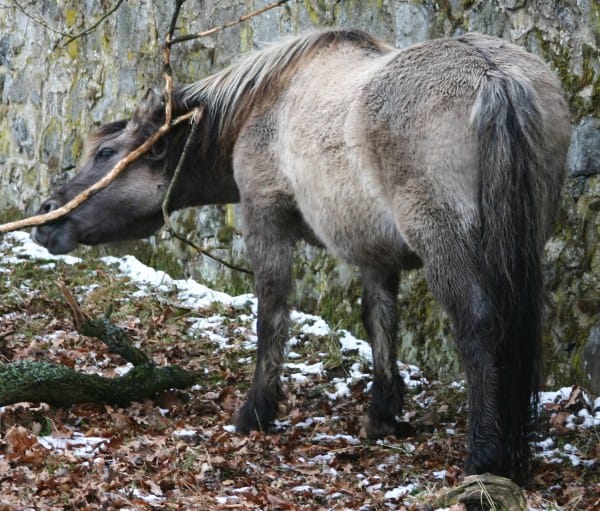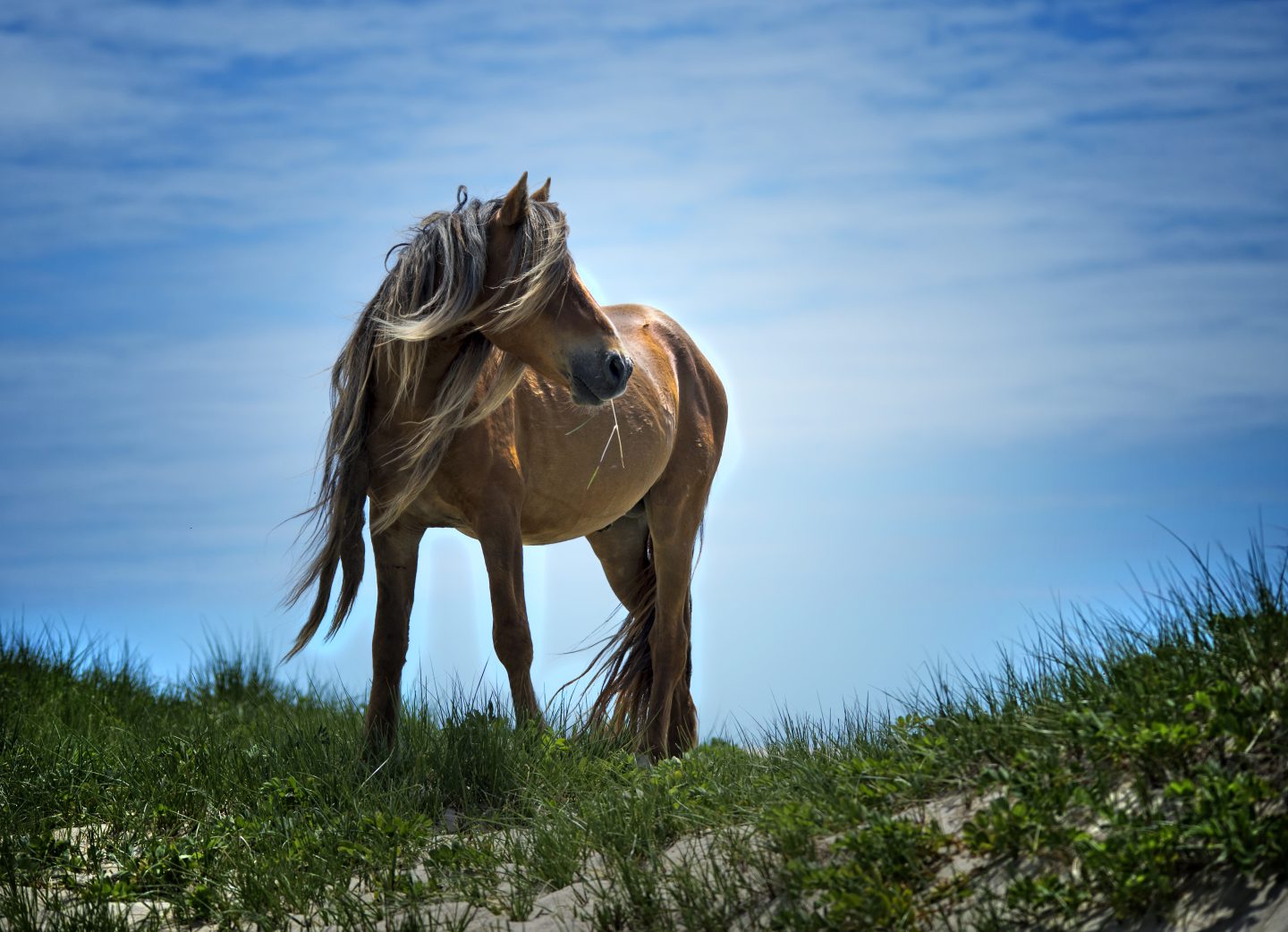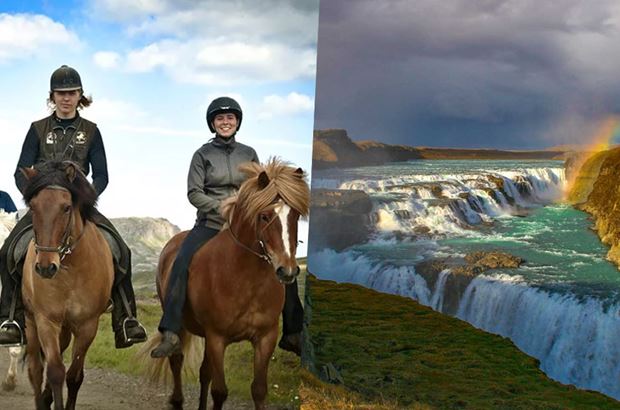Horses in Exploration: Conquering New Worlds

Horses have been pivotal companions in humanity’s quest to explore and conquer new territories. Their strength, speed, and endurance made them indispensable for transportation, communication, and warfare during the age of exploration and beyond. This article delves into the multifaceted role horses played in exploration, highlighting their impact on history and the expansion of civilizations.
The Role of Horses in Exploration

| Aspect | Description |
|---|---|
| Transportation | Horses enabled explorers to travel faster and cover greater distances across diverse terrains. |
| Communication | Mounted messengers could relay information quickly between distant outposts and settlements. |
| Military Advantage | Cavalry units provided strategic superiority in battles during territorial expansions. |
| Cultural Exchange | Horses facilitated interactions between different cultures by enabling trade and travel. |
Historical Examples
- The Spanish Conquistadors: Horses gave the Spanish a significant advantage in the Americas, aiding in the conquest of vast indigenous empires.
- Mongol Empire: The Mongols’ exceptional horsemanship and use of horses in warfare allowed them to create one of the largest empires in history.
- Lewis and Clark Expedition: Horses were crucial for the American explorers to navigate and map the western territories.
Why Horses Were Essential
- Adaptability: Horses could traverse mountains, plains, and deserts, making them versatile for various exploration environments.
- Speed and Endurance: Their ability to travel long distances without tiring quickly was vital for timely exploration and communication.
- Load Carrying: Horses could carry supplies, equipment, and even people, reducing the physical burden on explorers.
Frequently Asked Questions (FAQ)
Q1: How did horses impact indigenous populations during exploration?
A1: Horses transformed many indigenous cultures by changing hunting practices, warfare, and mobility, but they also contributed to significant social and environmental changes.
Q2: Were horses used in all exploration regions?
A2: While horses were widely used, some regions with difficult terrain or climates relied more on other animals like camels or llamas.
Q3: How did explorers care for horses during long journeys?
A3: Explorers ensured horses had adequate food, water, and rest, often establishing waystations or using local resources to maintain their health.
Horses were more than just animals; they were vital partners in humanity’s journey to discover and settle new worlds. Their legacy continues to influence exploration narratives and cultural histories worldwide.
